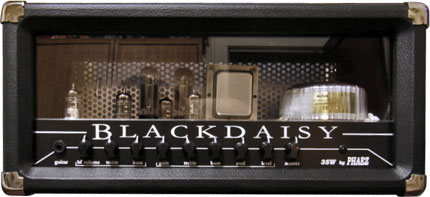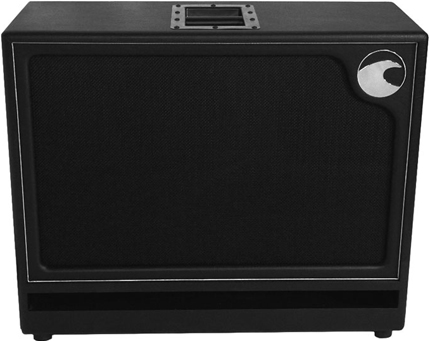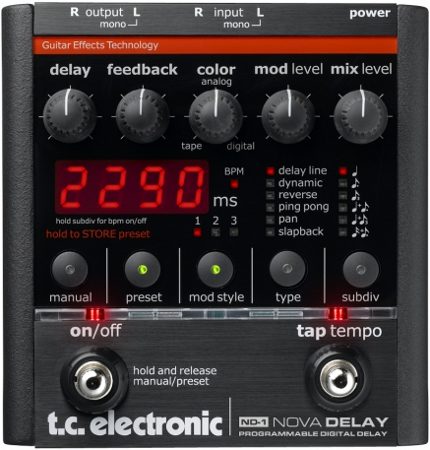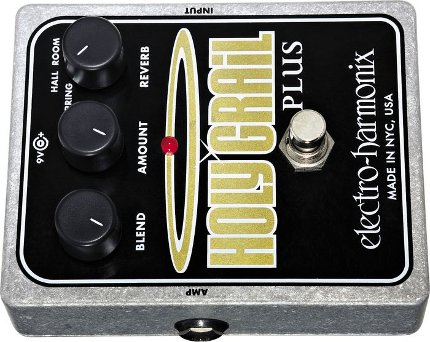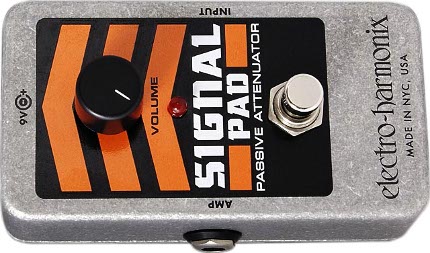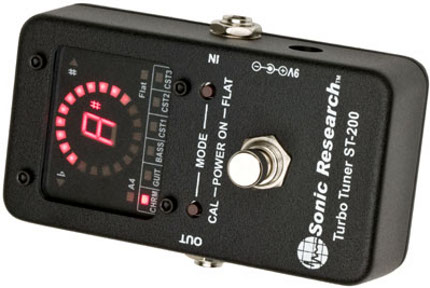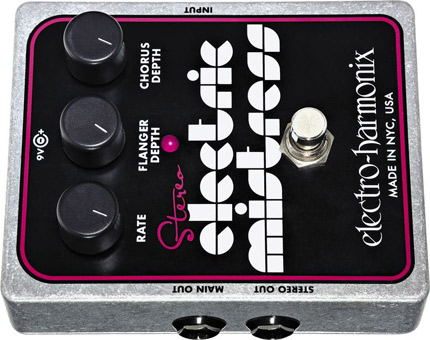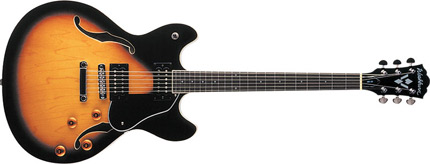Review: Cordoba F10
January 26th, 2013 by Andres Gallo

$999
Design
One thing about the design of this guitar is that it is pure flamenco. I had never played on a flamenca blanca type of guitar, and it shows I had been missing out on a lot of awesomeness for playing flamenco style techniques. The choice of woods looks absolutely gorgeous and more importantly, contributes to the guitars great balance between resonance, aggressive speed and responsiveness.
The overall design really screams quality. There are small details on every inch of the guitar reminding you that this is a serious instrument, and serious care was taken in its design. To protect your investment Cordoba also includes a very nicely designed and light hard case which is also a nice touch.
Sound
This specific guitar sounds absolutely gorgeous for flamenco style techniques while being rich enough to work well for less aggressive styles. The F10 does not sound as resonant, as cordobas own classical C7, though for flamenco this is for good reason. Where their classical sounds very warm and rich the F10 sounds incredibly fast and aggressive. Playing fast rhythmic runs, shows off how chords come through with lots of clarity, without any one strum muddying the next. Tapping on the guitar’s body sounds huge opening a new world of playing ideas.
For romantic type slower songs I would recommend a classical like the Cordoba C7 over this guitar anyday. Being that this is a flamenco guitar however, this is an amazing instrument if you love the aggressive rhythmic and almost percussive sounds found in flamenco. An amazing instrument, and perhaps the one I am playing most lately.
Reliability
The guitar looks and feels very solid. I havent beaten the guitar or anything like that to test how much damage it can endure, but it certainly feels very durable. The only possibly negative aspect in terms of reliability from Cordoba I can think of is consistency. When I picked up my Cordoba C7, it was perhaps the best sounding guitar out of the lot; what makes me question the consistency however, is that I thought it sounded better than guitars almost 3 times the price including some other more expensive Cordobas. Depending on how you look at this this can be a good thing.
Conclusion
An excellent value for the money for those looking for a guitar that can truly express that aggressive flamenco playing where many fall short. Excellent feel, and gorgeous look and sound.
- No Comments »
- Posted in Reviews

